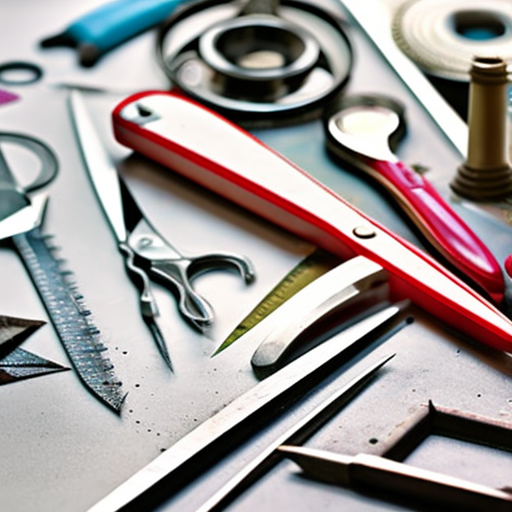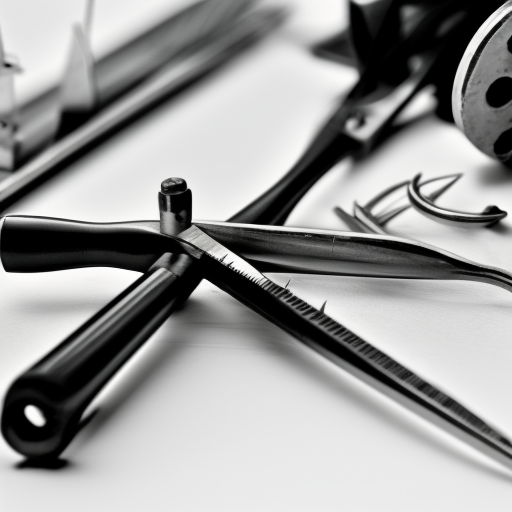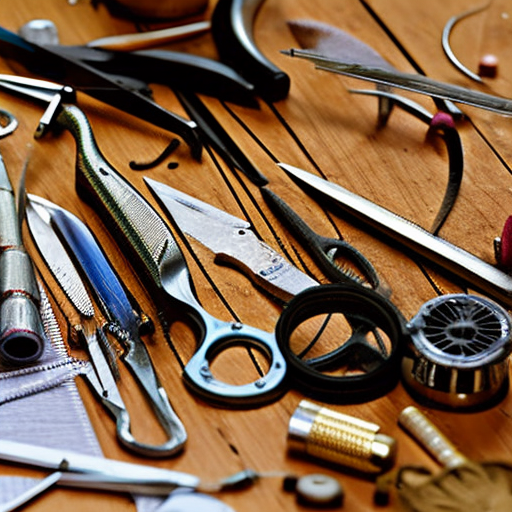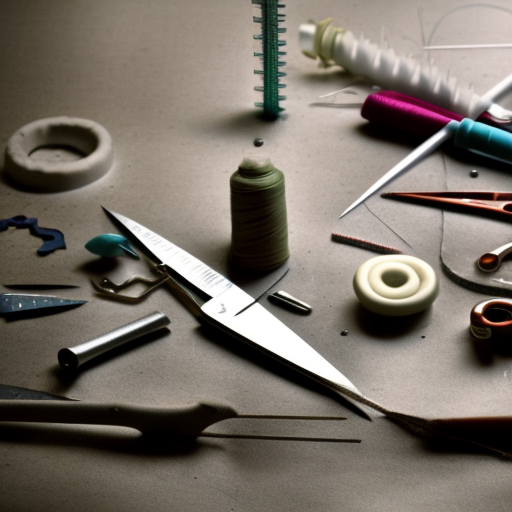If you are an avid sewer or just starting out on your sewing journey, you know that having the right tools and equipment is vital to create professional-looking projects. One essential tool for any sewing machine is the presser foot. It is responsible for holding the fabric in place and feeds it through the machine while you sew.
But did you know that pressure is a key factor in achieving a perfect stitch? The presser foot pressure determines the amount of weight and force applied to your fabric while sewing. It plays a crucial role in ensuring your stitches are even and consistent, and your fabric does not pucker or stretch.
If you’re in the market for a new sewing machine or are curious about optimizing your current one for better sewing results, you’ve come to the right place. In this article, we will review the different types of presser foot pressure and their effects on your sewing projects.
Types of Presser Foot Pressure
There are two types of presser foot pressure: mechanical and automatic.
Mechanical Presser Foot Pressure
With machines that have mechanical presser foot pressure adjustments, you have to manually adjust the pressure using a dial or lever. This type of presser foot adjustment is found on older machines or more basic models.
While it may require some trial and error, adjusting the mechanical presser foot pressure can be beneficial for certain projects. For example, when working with lightweight or delicate fabrics, you can decrease the pressure to avoid stretching or puckering. On the other hand, when sewing through thicker or multiple layers of fabric, increasing the pressure can improve the feed and stitch quality.
Automatic Presser Foot Pressure
Newer and higher-end sewing machines come equipped with automatic presser foot pressure adjustments. It means that the machine automatically adjusts the pressure based on the thickness of the fabric you are sewing. This feature takes the guesswork out of finding the perfect pressure for your projects, and it’s more convenient when working with different fabric types.
However, some sewers may find that the automatic presser foot pressure is not always accurate, especially when working with very thin or thick fabrics. In this case, a manual adjustment may be necessary to achieve the desired results.
Importance of Presser Foot Pressure
The presser foot pressure is crucial for producing high-quality finished products. It ensures smooth fabric feeding, prevents puckering, and keeps stitches even and consistent. When the pressure is too high, the fabric may stretch, causing it to become distorted and uneven. On the other hand, low pressure may lead to bunching and skipped stitches.
Additionally, the presser foot pressure affects the tension of your machine. When working with fabrics of different thicknesses, changing the pressure can also impact the thread tension. This is because the fabric’s weight affects the amount of tension needed to keep the stitching taut and even. By adjusting the presser foot pressure, you can achieve balanced tension for different fabric types.
How to Adjust Presser Foot Pressure
Now that you understand the importance of presser foot pressure, you may be wondering how to adjust it on your machine. As mentioned earlier, newer models have automatic adjustments, so you won’t have to worry about it. However, if your machine has manual pressure adjustments, here are some simple steps to follow:
- Refer to your sewing machine manual to determine how to adjust the pressure.
- Identify the dial, lever, or screw that controls the presser foot pressure.
- Test the pressure on a scrap piece of fabric before starting your project. If it’s too high, decrease it, and if it’s too low, increase it.
- Keep adjusting the pressure until you achieve the desired results.
Conclusion
The presser foot pressure is an essential element in achieving the perfect stitch and ensuring professional-looking sewing projects. Whether manual or automatic, understanding and adjusting the pressure on your sewing machine can make a significant difference in your sewing results. So next time you sit in front of your machine, don’t forget to give your presser foot pressure some thought.
In conclusion, having the right presser foot pressure is essential for achieving perfect stitches and avoiding sewing mishaps. We hope this article has shed some light on the importance of presser foot pressure and how to adjust it for different fabric types. With this knowledge, you can take your sewing skills to the next level and create beautiful projects with ease. Happy sewing!





Learning the basics of sewing has been so much easier with these reviews!
Kierra Rodney: Very helpful and insightful!
Awesome! This article is great for all levels of sewers so they can get the perfect presser foot pressure setting!
A great guide for anyone looking to find out about the right presser foot pressure setting. So informative and easy to understand!
Such a great resource and easy to read – perfect for first-time sewers!
Very useful and comprehensive overview of presser foot pressure. A great guide for novice and experienced seamstresses alike!